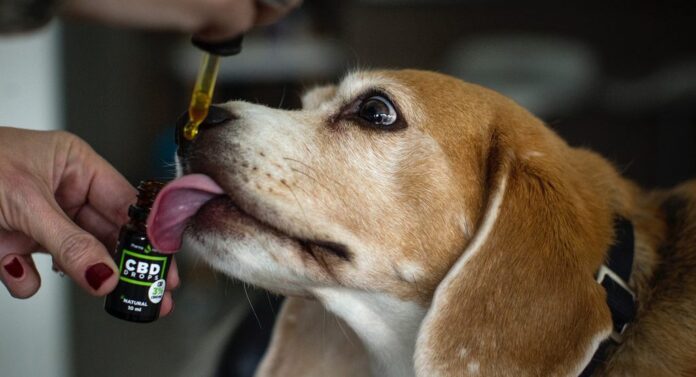
You probably know the many benefits of CBD to humans. It can be used for muscle and joint pain relief, stress and anxiety management, and other things. But did you know that you can use the cannabis product on your pet as well? You can learn more about it on https://bmmagazine.co.uk/
Cats and dogs have their versions of the endocannabinoid system (ECS), which works in a similar way to the human ECS. CBD and other cannabinoids act on this network of receptors to enhance such functions as mood, pain, and sleep. Your furry friend experiences restlessness, pain, and anxiety too, so stimulating their ECS would likely improve their symptoms.
To know more about CBD visit https://cannabislaw.
Top CBD delivery methods for your cat or dog

Much like humans, pets have their unique tastes and preferences. That is probably why you have a Labrador Retriever instead of a Rottweiler, a Maine Coon instead of a Birman, or a dog instead of a cat. This means there is no one-size-fits-all method of administering CBD to your pets.
So, the first thing to do after deciding to give your pet CBD is to understand him and what he likes. These five ways will help you administer CBD to your cat or dog:
Method 1: Sublingual Administration
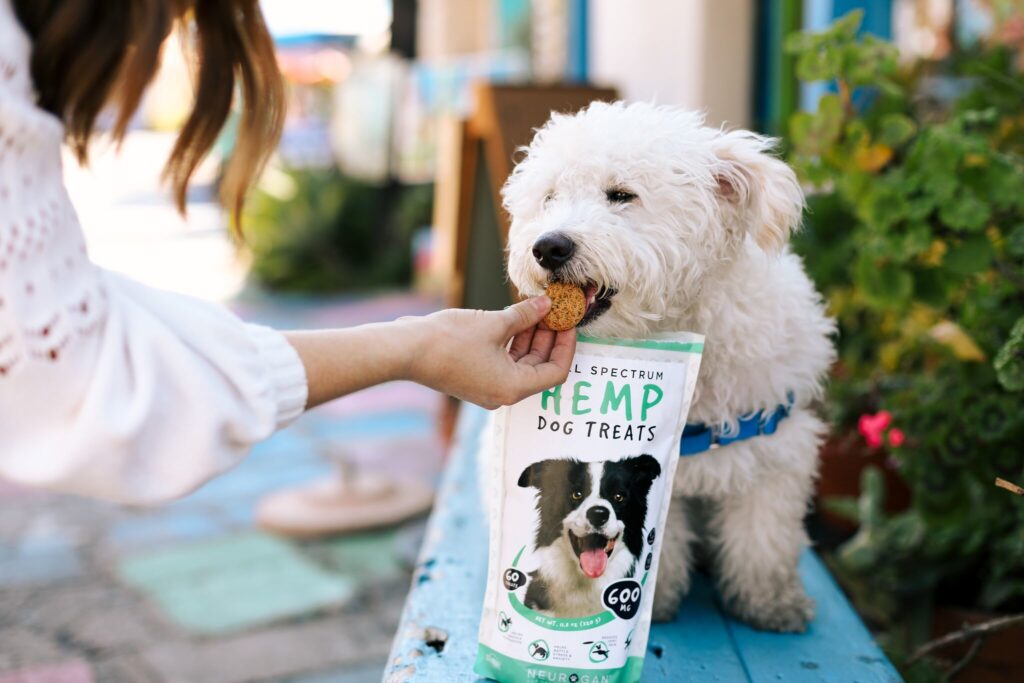
Sublingual administration is arguably the most efficient way of consuming medicinal supplements for humans and animals. It bypasses the digestive system and gets directly into the bloodstream, delivering near-instant results.
You will need a dropper and a very cooperative pet to go about this process successfully. Please don’t rush the pet or let the dropper touch their tongue or teeth. This would make them uncomfortable and apprehensive. Ease them into the process by sitting them down, petting and talking to them, before slowly squirting the oil under their tongue.
Method 2: Placing the oil in the dog’s bowl
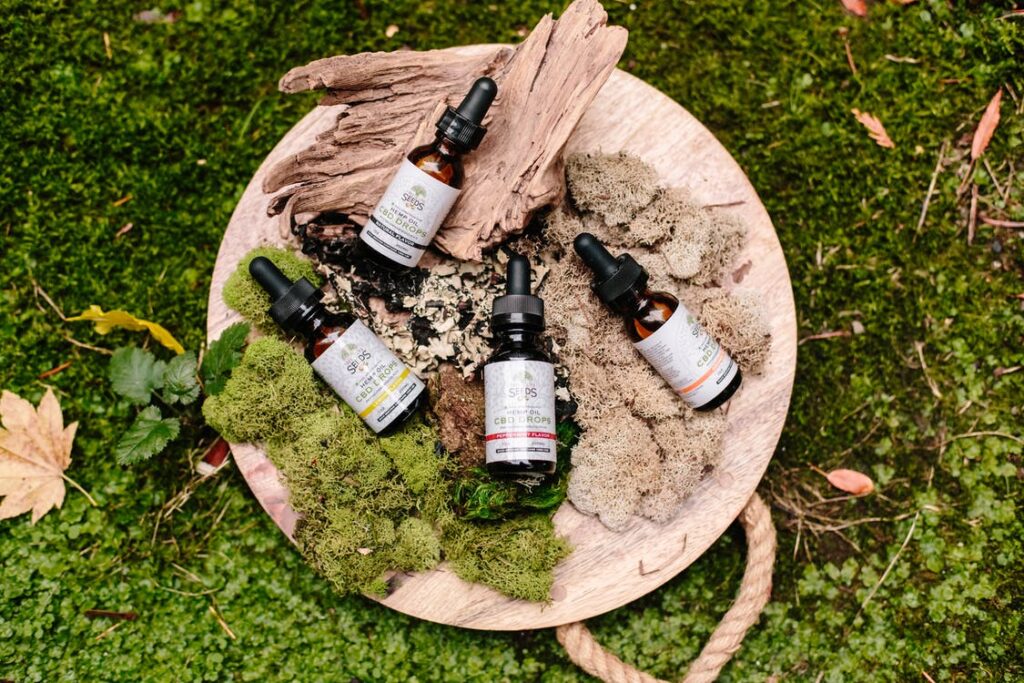
If sublingual delivery is impossible, perhaps because your four-legged friend is nervous, you can try coercing them to lick the oil themselves. Start by cleaning their feeding bowl and ridding it of any food particles and smell before placing a few drops of CBD oil in the middle. Many pets would mistake anything placed in their bowl for food. By the time they realize it isn’t, they would have swallowed all of it. If you want to learn more about CBD oil we suggest checking out Wtphemp.com
The main advantage of using a food bowl is that it allows your pet to take their time and feel like they are consuming it out of choice.
Method 3: Using your palm

Some pets are naturally inclined to lick your palm whenever you open it to them. If you’re used to giving your dog snacks this way, this is the best substitute for sublingual administration. It is also an excellent technique if your pet is anxious and doubtful of anything they are not used to.
You can start by placing something they like on your palm and letting them lick it off. Then switch to CBD oil. If they seem to enjoy it, keep adding a few drops until you meet the dosage requirements.
Many pets will let you place the liquid under their tongues once they get used to the taste.
Method 4: Infusing it in food
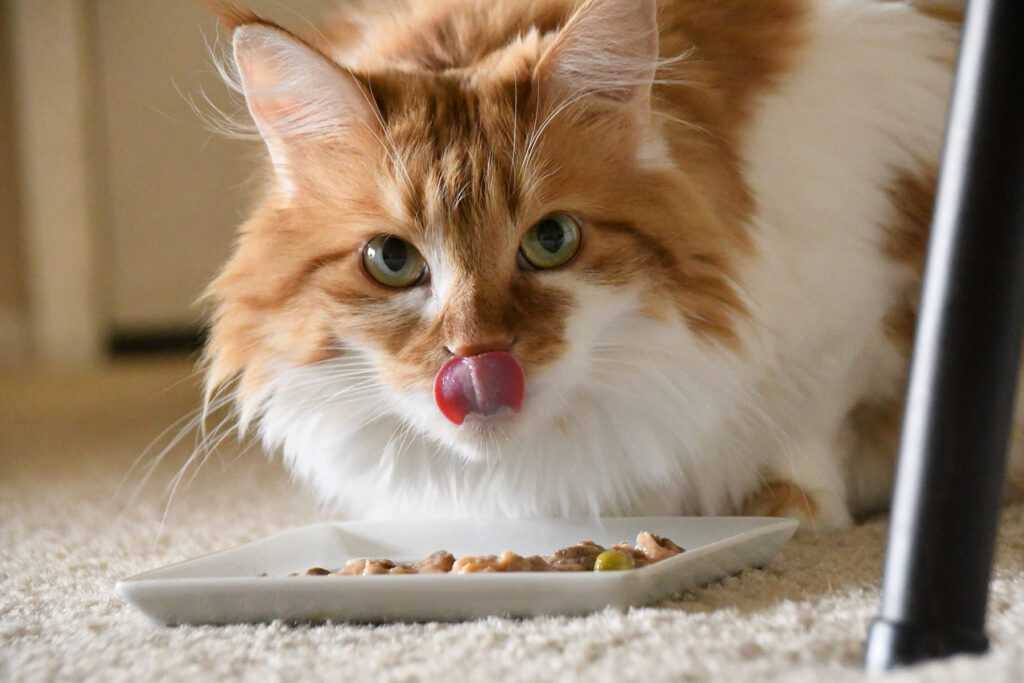
Your pet lives for the petting, the evening walks, and the food. There is an almost zero chance they will pass up an opportunity to gobble chunks of their favorite dish just because you added a few drops of CBD oil in it.
This method should come if all of the above attempts have failed. John from completehemp.com tells us that mixing CBD with food reduces its effectiveness as some of it is lost along the digestive tract. Also, the process will be too drawn out and abortive if you need instant results.
Method 5: Purchasing CBD-infused pet food
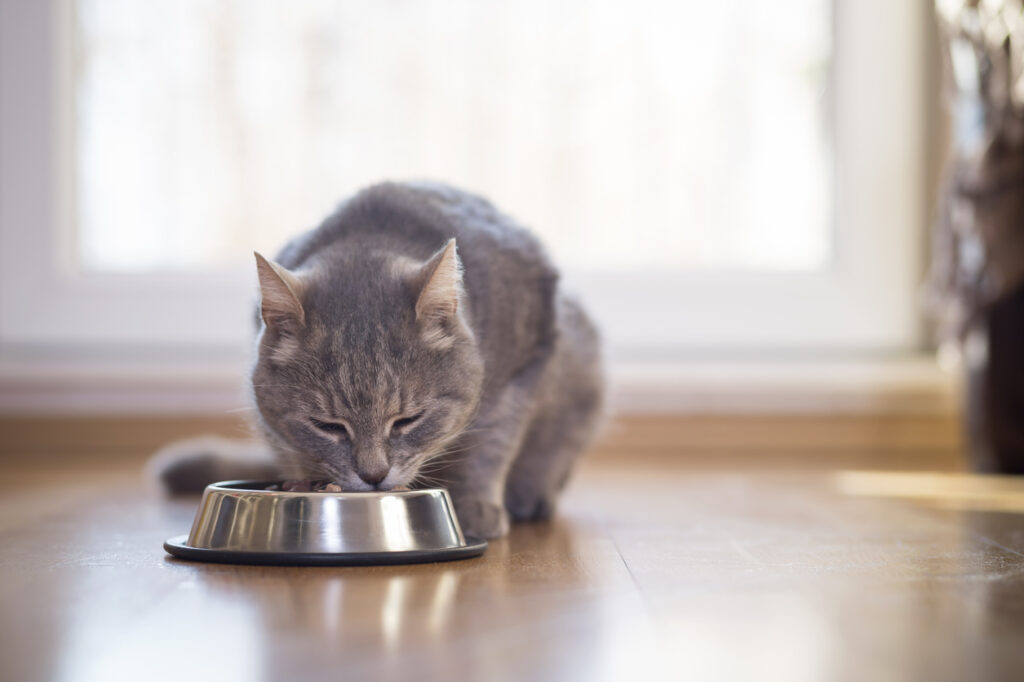
If all these fail, it is probably because your cat or dog is extremely sensitive to CBD’s taste or smell. Most CBD-infused pet snacks offered at Botanicam do not carry that hemp taste that your furry friend finds repulsive. Many manufacturers suppress the off-putting CBD properties, ensuring the compound is embedded in the food as discreetly as possible.
Buying CBD-infused pet food also gives you an easy way around the hassle of determining dosage, as most manufacturers indicate CBD content on the product label.
What is the optimal CBD dosage for my pet?
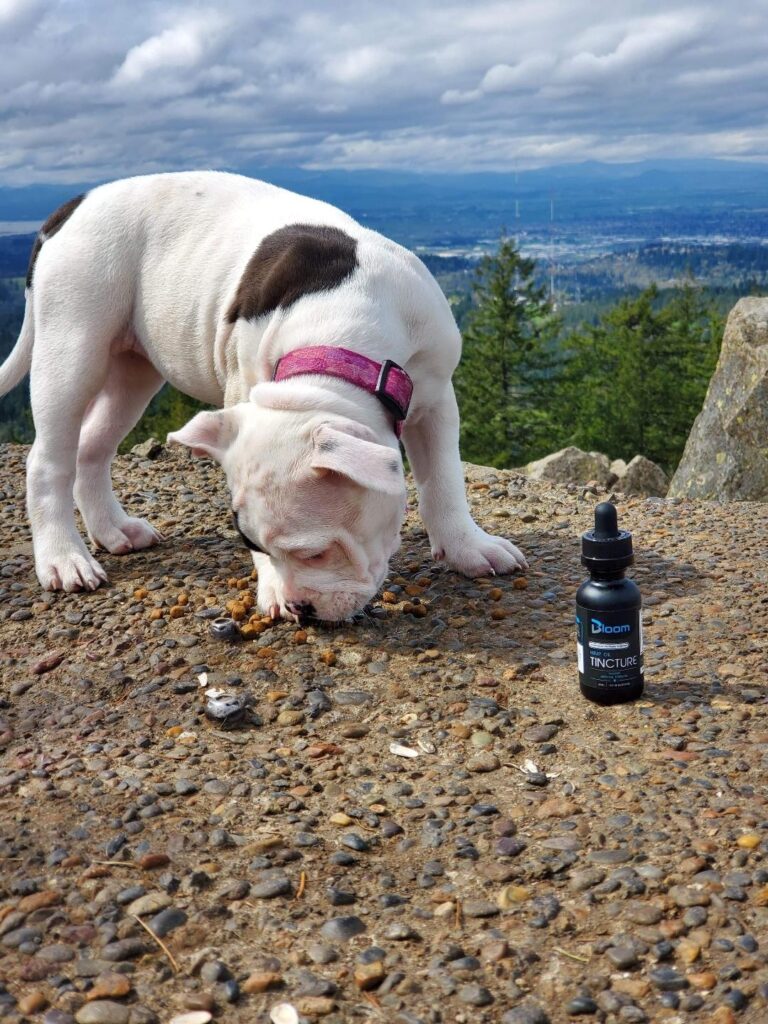
There is no universally-accepted CBD dosage for humans, let alone dogs and cats, but the rule of thumb is that your pet’s weight should guide you in determining the appropriate amount. Per serving, a 10-pound dog or cat should not get more than 5mg of CBD; if the animal weighs 20 pounds, the limit should be 10mg, and so on.
If you are targeting is pain, consider administering the oil every 8 hours. For issues such as anxiety, you can deliver it once or twice a day, depending on the severity of the pet’s symptoms.
If you find this too much to incorporate into your daily routine, consider CBD oils that have been pre-measured for different pet sizes. And even so, keep in mind that cats and small dogs are two different things when it comes to CBD. Studies show that cats are more responsive to cannabinoids than dogs of the same size, meaning your feline friend might require more CBD than your dog per pound.
Just as you should check with a doctor or CBD expert before embarking on CBD consumption, it is wise to consult a vet for guidance on pet CBD administration. And if that’s too much to ask, use the titration technique, where you start with small CBD servings and increase the amounts until you establish the best dosage.
Conclusion
So you have chosen to introduce your furry friend to CBD. The above guidelines will help you find the best dosage and administration technique, so your pet enjoys both the benefits of CBD and the process of consuming it. If your cat or dog has a specific health concern that you want to remedy, see a vet first for a proper treatment plan and only use CBD if they give you the green light.








